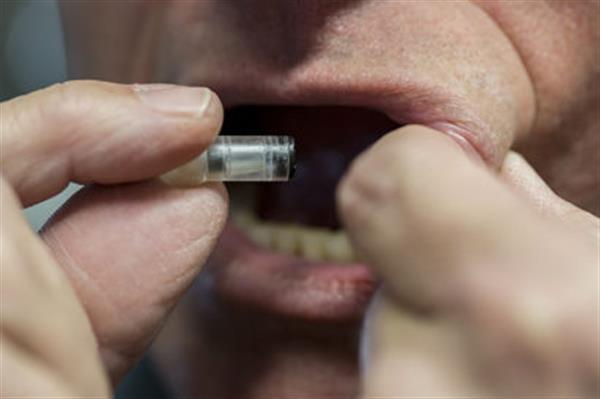During “Advances in vaccines”, a health conference held in Spain, professionals of the medical industry brought out the importance of 3D printing for advancing the efficiency of administering as well as customizing vaccines.
The Association of Microbiology and Health (AMYS), the Department of Pediatrics and the Department of Immunology, Microbiology, and Parasitology from the University of the Basque Country organized the event.
In his speech, Pedro Alsina, from the Institutional Relations of Sanofi focused on the importance of 3D printing in the production of customized vaccines, that can be adapted to the recipient’s organism.

The truth is that doctors will soon be able to 3D print vaccines inside structures that can also be taken externally like patches. Furthermore, those 3D print vaccines can also be taken orally like tablets for instance, or integrated inside fruits and vegetables before being administered. These alternative methods for vaccinations would be very important in regions where there is often a lack of medical staff/equipment.
For Pedro Alsina, “at present, the manufacturing of vaccines is a long and complex process due to the nature of the raw materials (microorganisms) and the quality control processes that occupy 70% of the total manufacturing time”.
Researchers from the University of California, Berkeley and MIT’s laboratories are still looking for other methods for 3D printing vaccinations.
Last, another issue tackled at the conference was the development of more efficient vaccines for regular diseases such as the flu. With regard to this issue, Dr. Ramón Cisterna, a professor of microbiology and the president of AMYS said: “we must work to achieve a more immunogenic injection in the most vulnerable people and for the universal flu vaccine so that it is not necessary to go through the process once a year.”
For further information about 3D Printing, follow us on our social networks and subscribe to our newsletter!






